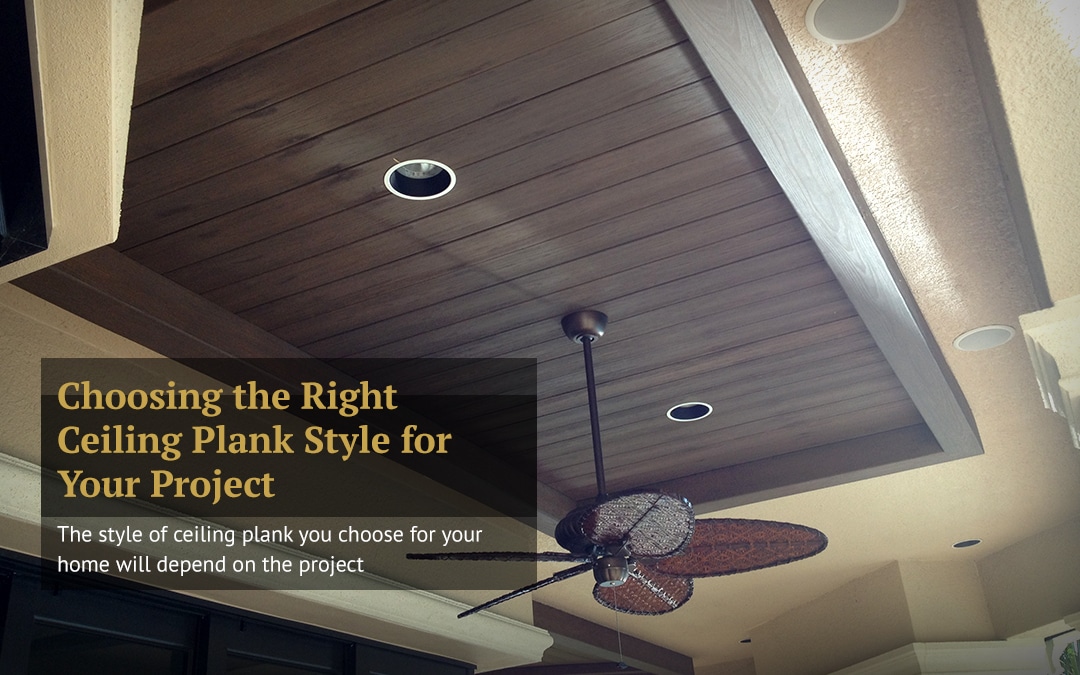Tags: Ceiling Beams, Decorative Wall Panels, Faux Wood Beams, Wood Beams, Wood Ceiling
When people redesign their homes, they spend a lot of time considering the ideal look for their walls, floors, and furniture. However, not as many pour the same degree of focus on their ceilings.
While all those other parts of your home are necessary, your ceiling is just as important, if not more so. Aesthetically, it pulls together the design and theme of your room.
To perfectly the tone and theme of your home, you must choose the right ceiling plank. There are many different types of ceiling planks, each with its look and structure.
If you’re not sure where to begin with ceiling planks, have no fear! We’ve prepared this beginner’s guide to help you grasp the essential types of ceiling plank.
The V-Groove Ceiling Plank
The first type of ceiling plank to cover is the V-groove. This name refers to the type of groove in the plank. If you examine the face of one of these planks, you will notice a little V-shaped groove.
This groove is the result of angular beveled edges being brought into alignment to create this cut. The look of a V-groove inspires an intimate, comfortable feeling.
Its natural and textured colors bring a softer look to your room. When combined with other soft colors and textures, you’ll create quite a cozy environment.
Tongue and Groove Wood Planks
Installing tongue and groove panels in your ceiling is inexpensive and straightforward. They add a similar sort of textured feeling to a room as the above V-groove planks.
While V-grooves operate by their distinctive cuts, tongue and groove feature a joint that allows you to join flat pieces together.
This enables you to make a strong, single flat surface. You can save time in the installation process if you purchase pre-primed tongue & groove planks. These planks are cheaper options, but you will likely spend more money to paint the wood.
Nickel Gap
Nickel gap ceiling planks utilize tongue and groove wood planks. People often contrast nickel gap with the well-known “shiplap” method, which uses overlapping planks to create a rustic feel.
Nickel gap produces much the same look but through different means. Rather than overlapping wood planks, nickel gap uses tongue and groove planks that connect by joining the tongue to the groove.
Nickel gap allows you to avoid some dangers of shiplap, such as a warped or uneven appearance.
The nickel gap aesthetic is achievable without breaking the bank. While many tongue and groove wood beams are expensive, similar looks are available through T&G faux wood planks.
The Next Step in Your Design
We hope this guide gives you the helpful background information you need to move forward in your design process. If you feel you have a concrete grasp of the differences in various ceiling planks, excellent!
Now you can move on to choosing some planks for your modeling. We offer several different types of faux planks in many budget ranges. Take the next step and select your wood type today!

